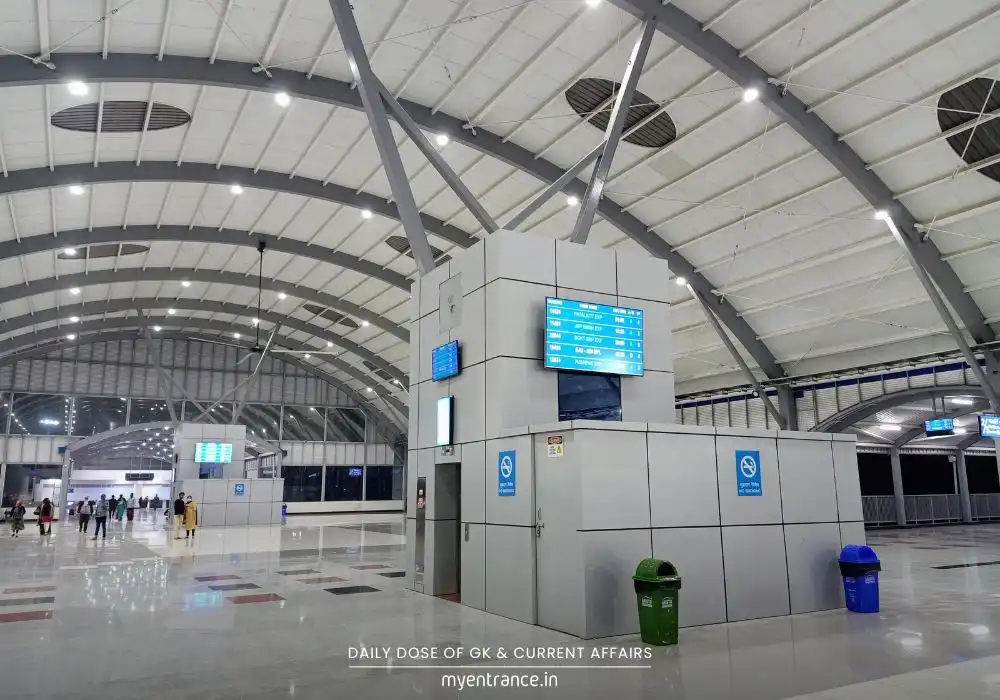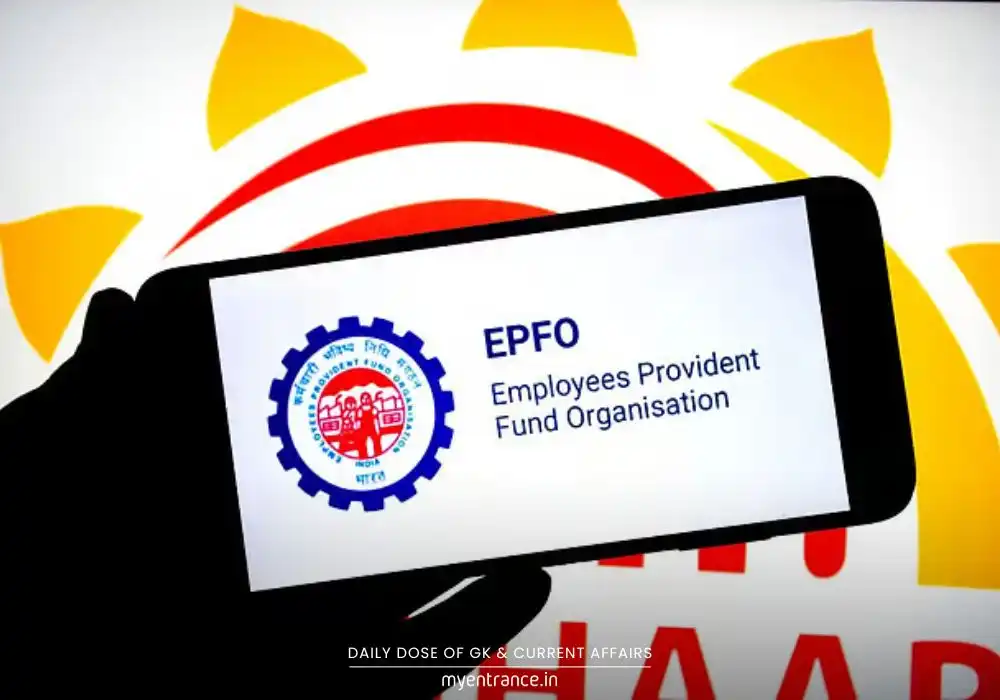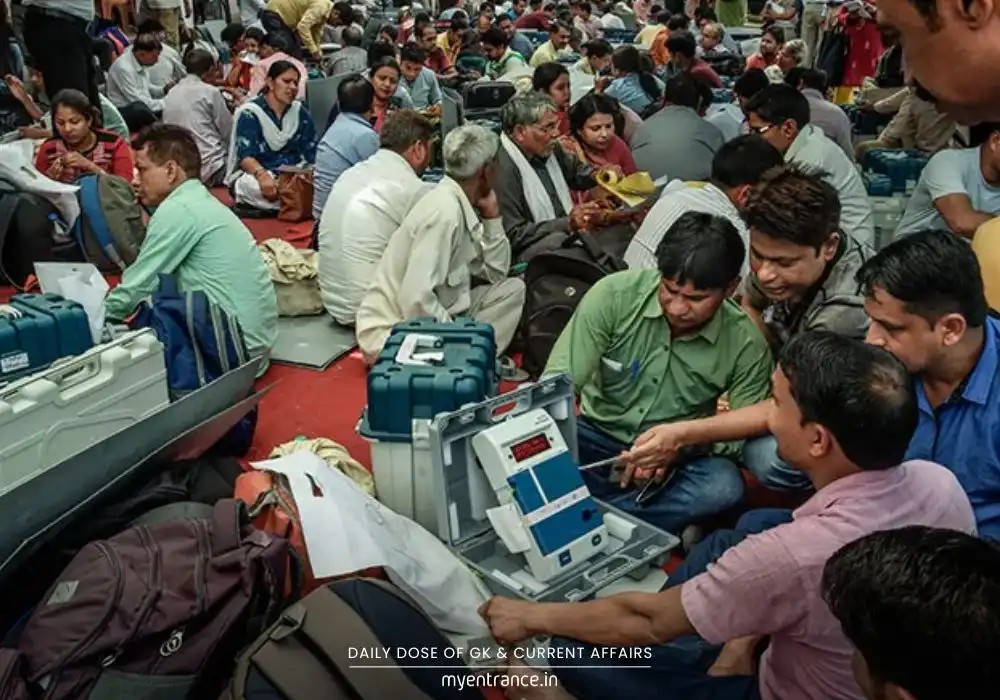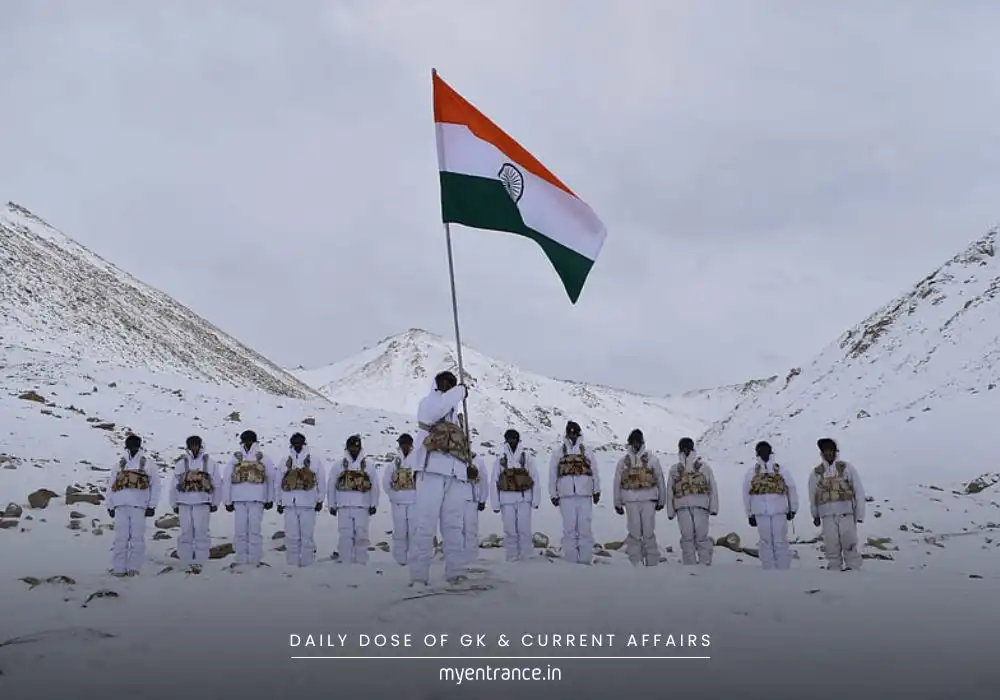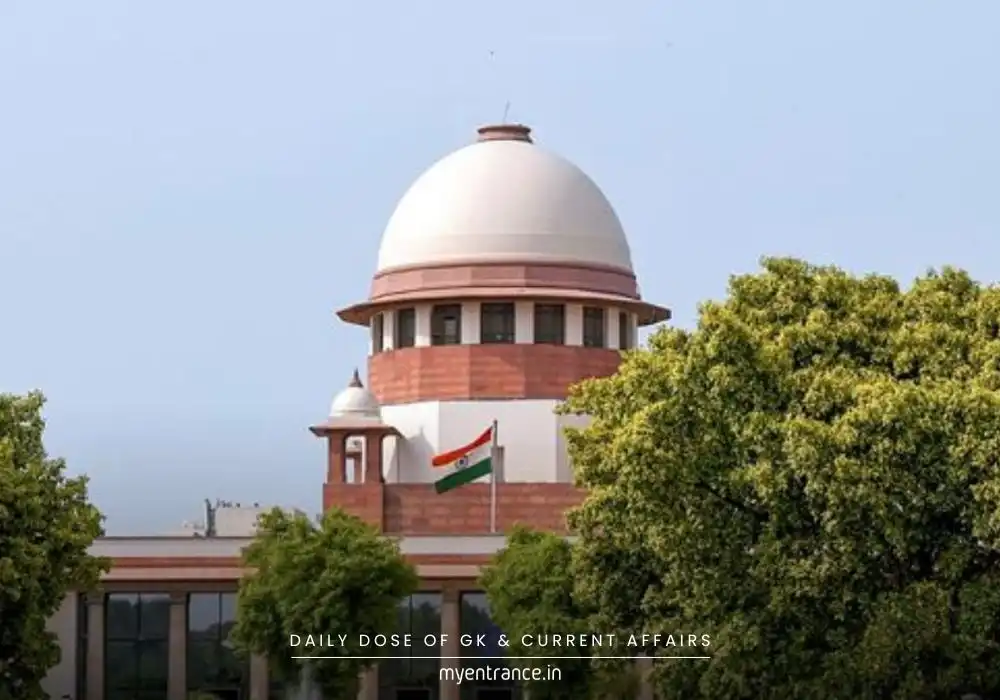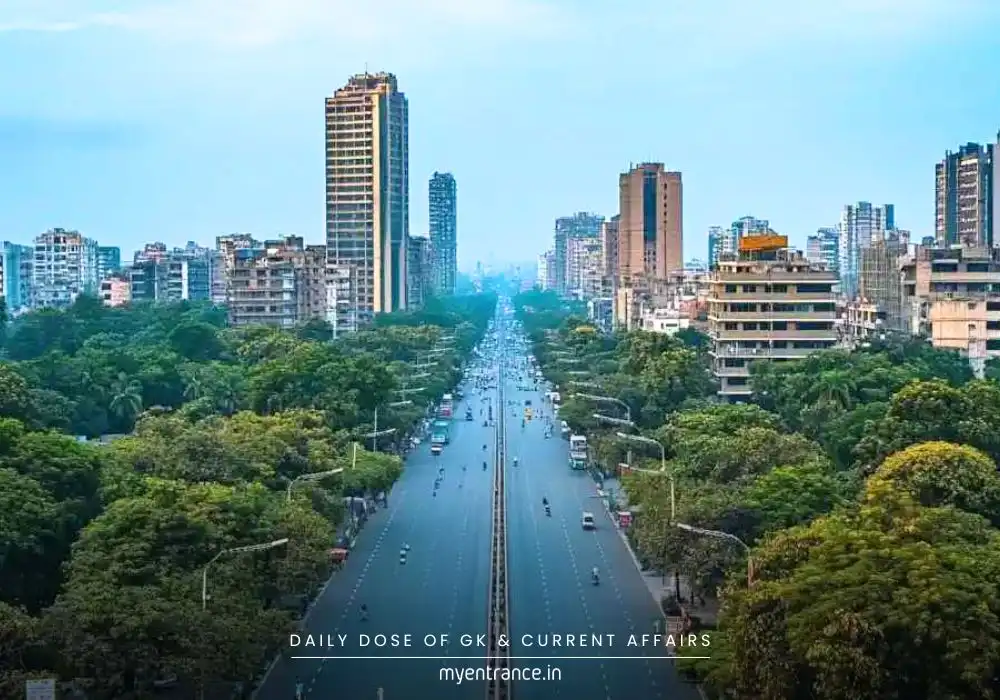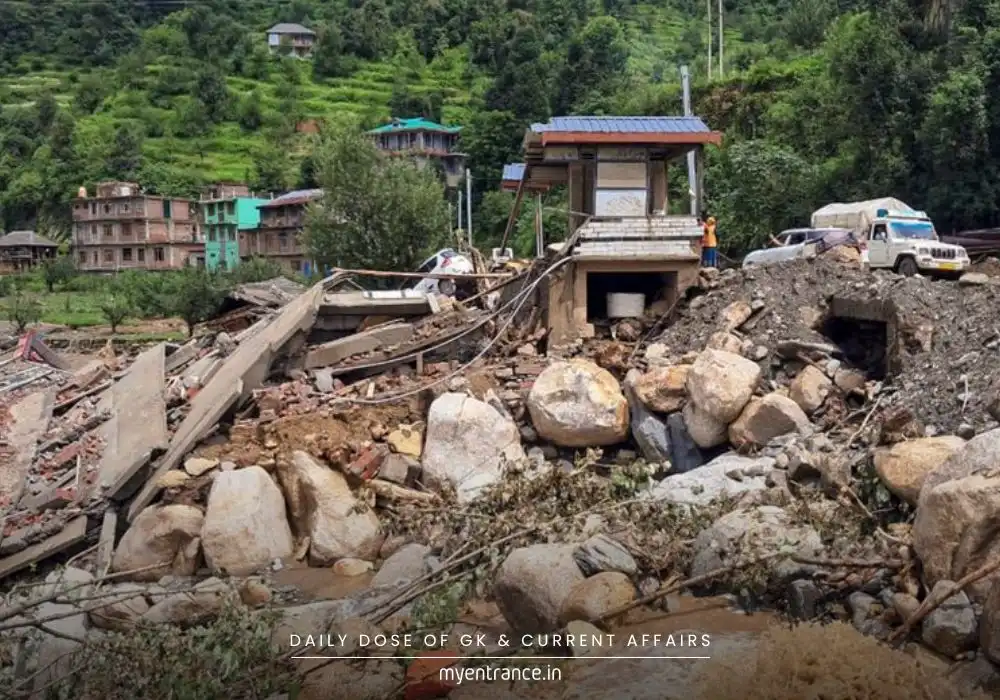Translate Language
VP Resigns Mid-Term: What Happens Next to India’s Second-Highest Office?
Vice President Jagdeep Dhankhar’s sudden resignation has created only the third mid-term vacancy in this constitutional office since Independence. This unprecedented move raises urgent questions about succession, election rules, and temporary governance – all critical for exam aspirants.
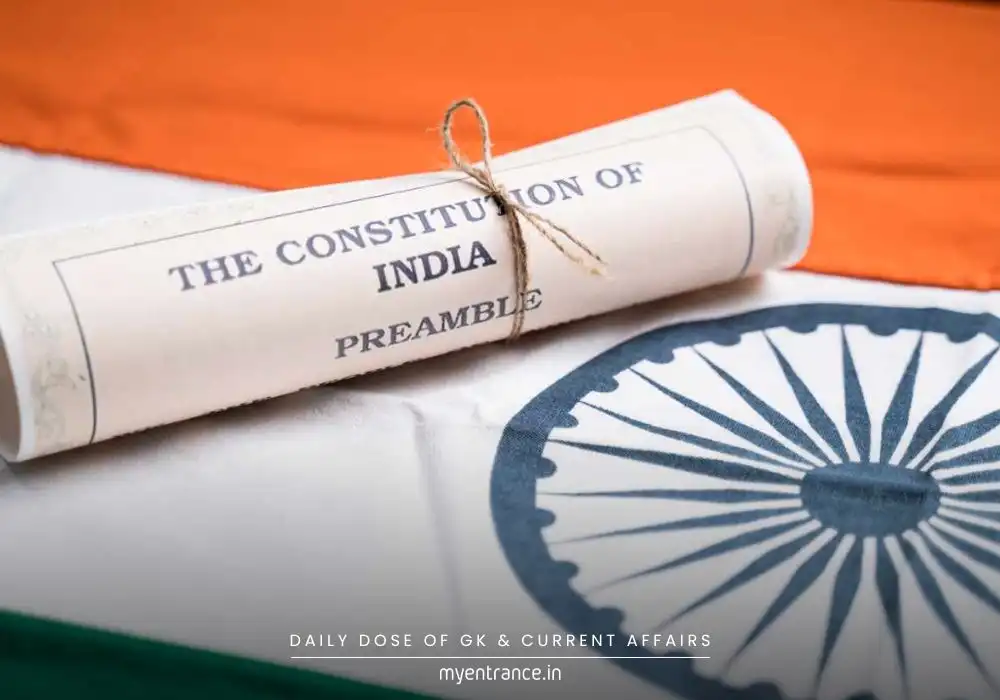
India’s political landscape was jolted this week when Vice President Jagdeep Dhankhar resigned unexpectedly. This marks just the third time in India’s history that a VP has stepped down mid-term, following V.V. Giri and R. Venkataraman (who both resigned to run for President).
So what happens now? Unlike the President’s role, there’s no provision for an “acting” Vice President. But here’s the key practical effect: since the VP also chairs the Rajya Sabha, Deputy Chairman Harivansh Narayan Singh will immediately take over parliamentary duties for the Upper House.
The Constitution mandates that a presidential vacancy must be filled within 6 months, but for the VP, things are more flexible. The election must simply happen “as soon as possible.” The Election Commission will soon announce the schedule under the 1952 Vice-Presidential Elections Act. By tradition, the Secretary-General of either the Lok Sabha or Rajya Sabha serves as Returning Officer.
Crucially, the new VP will serve a full 5-year term – not just complete Dhankhar’s tenure.
How the Election Works (Key Exam Facts):
Who Votes? Only MPs from both Houses (including nominated members). State legislatures have no role.
Voting System: Secret ballot using proportional representation via single transferable vote (STV). Each MP ranks candidates by preference.
Winning Formula: Candidates must hit a calculated “quota”: *(Total Valid Votes ÷ 2) + 1* (ignore fractions). If no one clears this in Round 1, the lowest-ranked candidate is eliminated, and their votes redistribute based on 2nd preferences. This repeats until someone crosses the quota.
Eligibility: Must be ≥35 years, Rajya Sabha-qualified, an Indian voter, and hold no “office of profit” (exceptions: President/Governor/Minister).
Key Q&As for Exam Prep
Q1: Who presides over Rajya Sabha if the VP resigns?
A: The Deputy Chairman of Rajya Sabha (currently Harivansh Narayan Singh) immediately takes charge.
Q2: Is there a time limit to elect a new VP?
A: Unlike presidential elections, there’s no 6-month deadline. The election must simply be held “as soon as possible.”
Q3: Do MLAs participate in VP elections?
A: No. Only elected and nominated members of both Houses of Parliament vote.
Q4: How is the VP election quota calculated?
A: Quota = (Total Valid Votes ÷ 2) + 1. Fractions are ignored.
Q5: Does the new VP serve the remainder of the term?
A: No. They serve a fresh 5-year term from their oath-taking date.
Get 3 Months Free Access for SSC, PSC, NIFT & NID
Boost your exam prep!
Use offer code WELCOME28 to get 3 months free subscription. Start preparing today!
